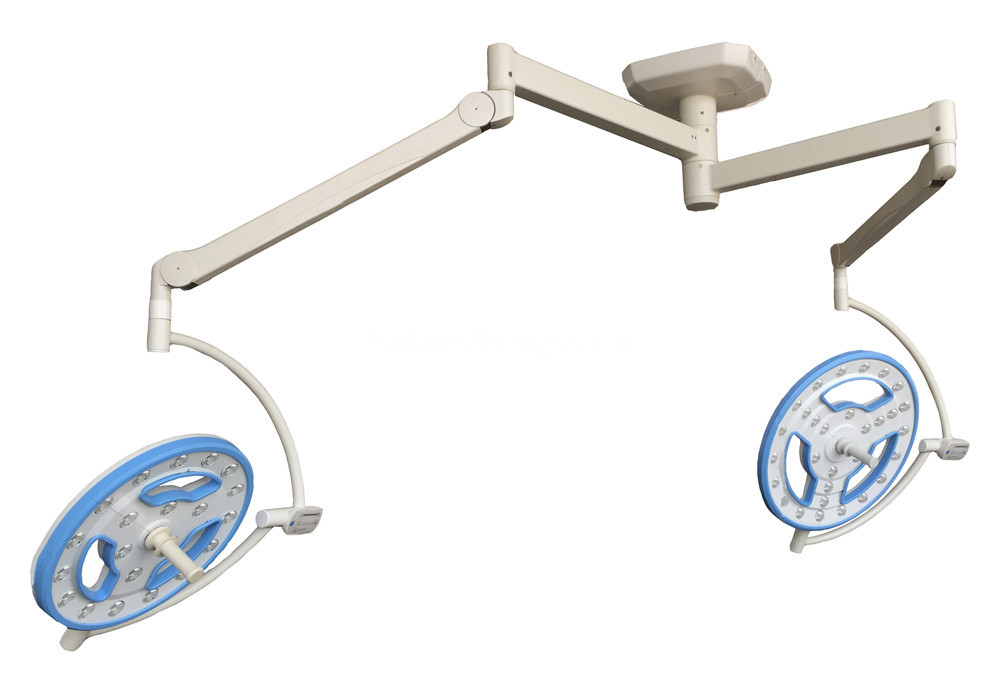Silt in the pond is formed by residual baits, fish excrement, dead organisms, and influent sediment deposited in the bottom of the pond during the pond culture process. In general, the bottom of the pool maintains a certain thickness of sediment, which can not only provide nutrients, stabilize water quality, but also benefit the growth and reproduction of low-lying organisms and fish. However, if the sludge is too thick, it will bring great harm to the aquaculture waters. First, it will make the water shallower and reduce the space for fish movement. Second, the sludge contains a lot of organic matter. During the decomposition process, a large amount of dissolved oxygen will be consumed in the water, so that the bottom of the pool is always Being in an anoxic state, in addition to being prone to "pan-tang", incomplete decomposition of organic matter can also produce a large amount of harmful substances, causing deterioration of water quality, and anaerobic bacteria multiplying. Therefore, the following comprehensive measures shall be taken for the thick mud in the breeding ponds: 1. The bottom of the sun is exposed to the sun. Remove 10 centimeters from the top of the surface and change the black stinky mud, dry it for farmland fertilization, dig out the rest of the silt, and build the pool ridge. After exposure, correct and compact it to eliminate the breeding grounds for pests and diseases. 2. Thoroughly clear pond disinfection. After the sun shines on the bottom of the pool, inject 10 to 20 centimeters of deep water. Use 300 to 400 kg of lime per acre. Mix and dilute with a small amount of water, and then pour the lime water over the entire pond to disinfect the pool. After 3 days of lime action, bleaching powder is sprinkled in, 15 kg/mu, or 5 kg/kg of strong chlorine. Bleaching essence is first mixed with water and then poured into the entire pond. 3. Sprinkle quicklime regularly. 1 to 2 times per month, 25 to 30 kg of lime per acre. After the lime is emulsified, the whole pool is splashed with diluted water. 4. Use the bottom modifier. In addition to mechanical oxygenation, the groundwater quality improver is regularly used 1 to 2 times per month to increase the oxygen at the bottom of the pool and reduce the generation of harmful substances, which is beneficial to the growth and reproduction of microorganisms.
Double dome Hollow Type LED Operating Lamp is our new design this year, it has the function of perfect green light source new LED green light source, no radiation, no ultraviolet, no infrared, no radiation and low energy consumption, little temperature rise and perfect sunlight like shadowless effect,the surgical lamp use the Unique designed LED optical system with a higher light utilization rate as much as 2 to 3 times of ordinary ones;

Double Dome Hollow OT Lamp,Double Dome Operating Theatre Light,Double Dome Operating Room Light,Double Dome Surgery Room Light
Shandong Lewin Medical Equipment Co., Ltd. , https://www.operatinglight.nl